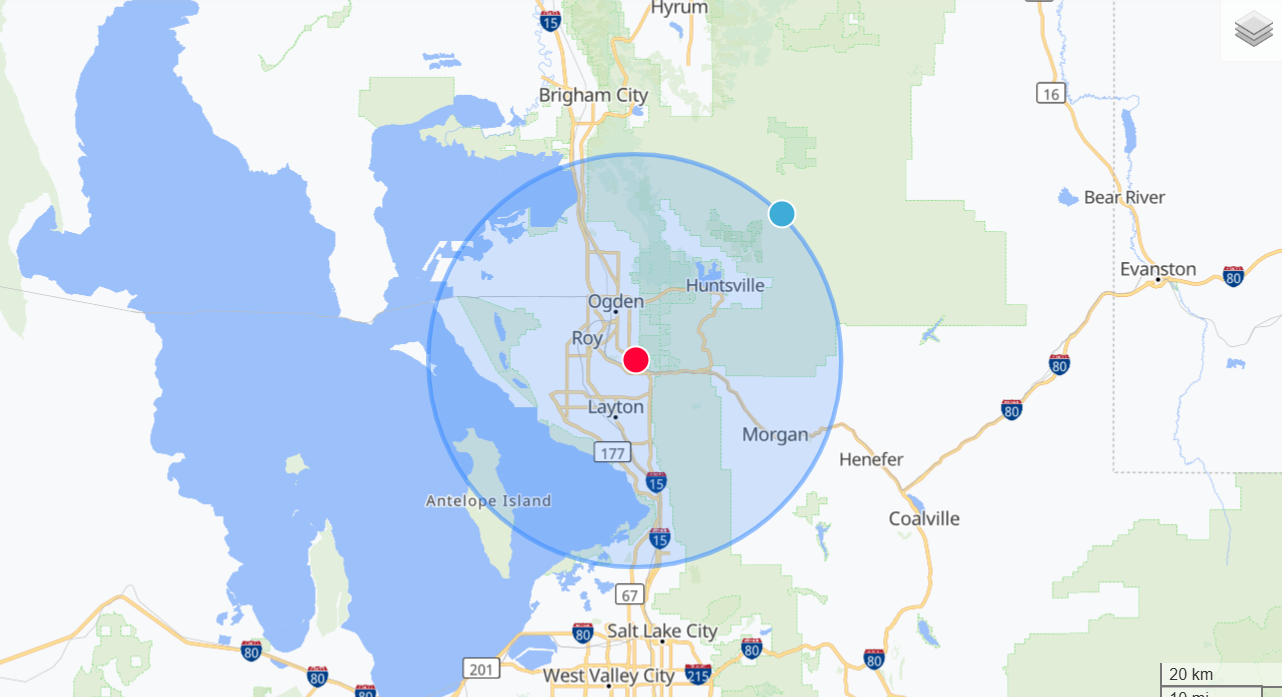How Do I Know its a Hoarding Disorder?
The amount of belongings in each person's home can vary greatly. While one person's cluttered space might not align with their minimalist friend's preferences, it doesn’t necessarily indicate a diagnosed hoarding disorder.
The following are symptoms that indicate a diagnosable hoarding disorder:
Persistent difficulty discarding or parting with possessions, regardless of their actual value.
This difficulty is due to a perceived need to save the items and to distress associated with discarding them.
The difficulty discarding possessions results in the accumulation of possessions that congest and clutter active living areas and substantially compromises their intended use. If living areas are uncluttered, it is only because of the interventions of third parties.
The hoarding causes clinically significant distress or impairment in social, occupational, or other important areas of functioning (including maintaining a safe environment for self and others).
The hoarding is not attributable to another medical condition.
The hoarding is not better explained by the symptoms of another mental disorder.
Why Cleaning Alone Doesn’t Work for Treating Hoarding Disorders:
Hoarding disorder is a problem of discarding, not of gathering. It's a complex mental health condition that affects a person’s ability to make decisions about what to keep and what to let go of. While it may seem like cleaning or organizing the clutter could solve the problem, this approach misses the core issue. The underlying psychological factors, such as anxiety, attachment to items, and difficulty making decisions, are what truly drive the disorder.
When friends or family step in to help by cleaning or decluttering, it often comes from a good place, but it doesn’t address the root cause of hoarding. Without proper treatment, the person may quickly accumulate items again, and the cycle of distress around discarding continues. While cleaning might offer temporary relief, it doesn’t provide the lasting change needed for someone with hoarding disorder.
What Does Work to Treat Hoarding Disorders:
Effective treatment for hoarding disorder typically involves Exposure and Response Prevention (ERP), Cognitive Behavioral Therapy (CBT), and motivational interviewing. These techniques help individuals confront their attachments to items and reduce anxiety associated with letting go of possessions. The focus is on understanding the emotional value attached to objects and gradually learning to make healthier decisions. Therapy also addresses underlying beliefs and behaviors, building coping skills that promote long-term success.
Learn About Our In-Home Hoarding Treatment
-
Our recommendation is 12 weeks with a frequency of either twice or three times per week depending on acuity and progress. Each session is 60 minutes with the option to have 90 minute sessions, if needed.
-
We will travel within a 20-mile radius of our office. The cost of travel is included in the session fee.
-
No, we will not engage in manual labor, deep cleaning, or trash removal. Our purpose is to provide therapy in the form of Exposure Response Prevention (ERP) and Cognitive Behavioral Therapy (CBT) to support long-term change.
-
No, you remain in charge of what stays and what goes because we work at a pace that feels safe but is growth-focused. Every step in your treatment is collaborative, not forced.
-
Yes, for an additional fee our team can provide documentation, coordination, and expert therapeutic guidance to support your progress.
-
Your primary therapist and supervisor will attend the first session to conduct a safety assessment of your home and make sure it is conducive to treatment. An intake assessment will also be done to determine the frequency of sessions.
Contact us
We’re here to support you on your journey to wellness. Whether you have questions about our OCD treatment programs or want to schedule an appointment, we’re happy to help.
We look forward to hearing from you and supporting you on your path to healing.
⚠️ Please Note: For your privacy, do not include sensitive health information in your message. If you need to discuss personal details, we recommend calling our office directly.


